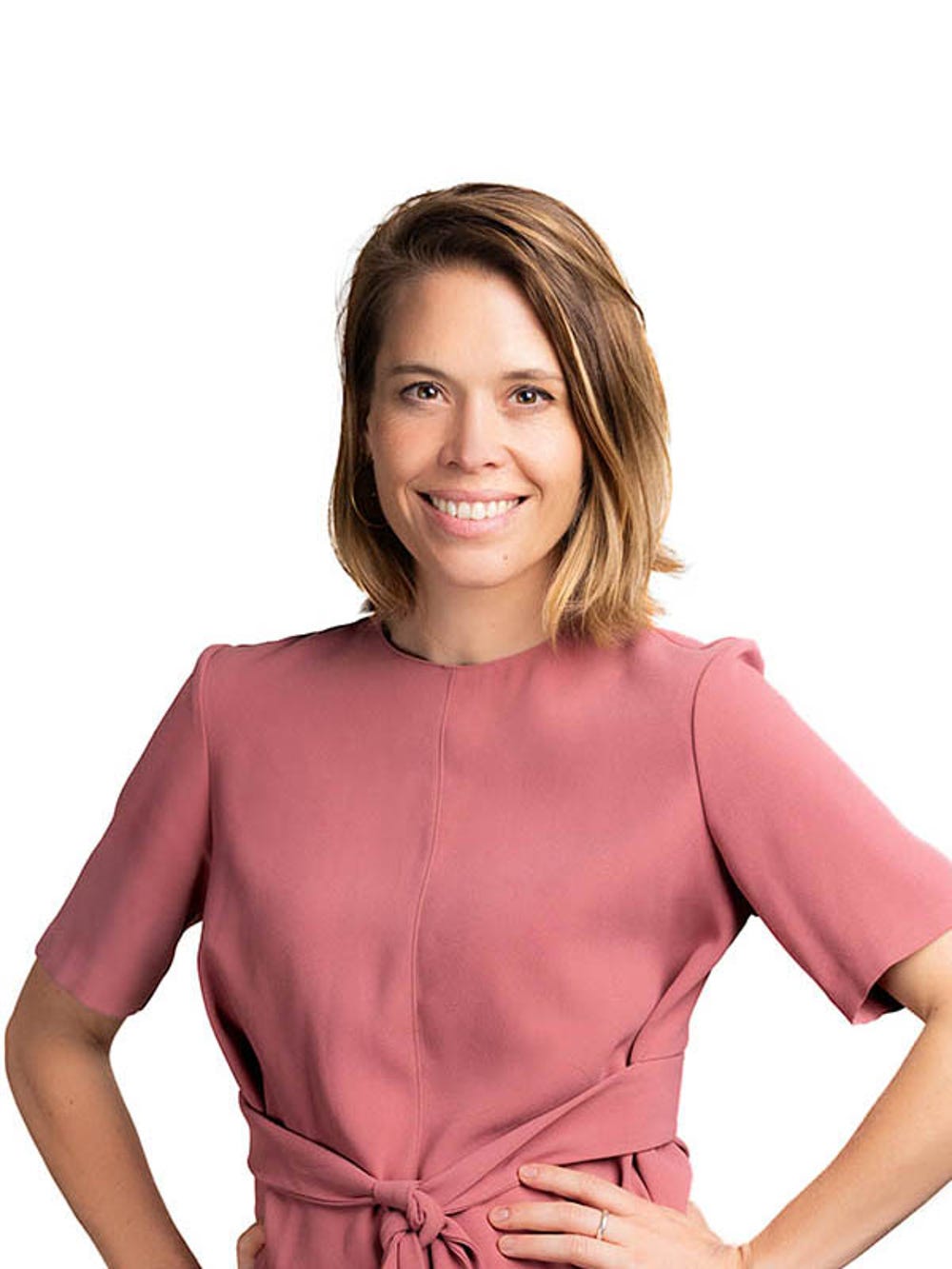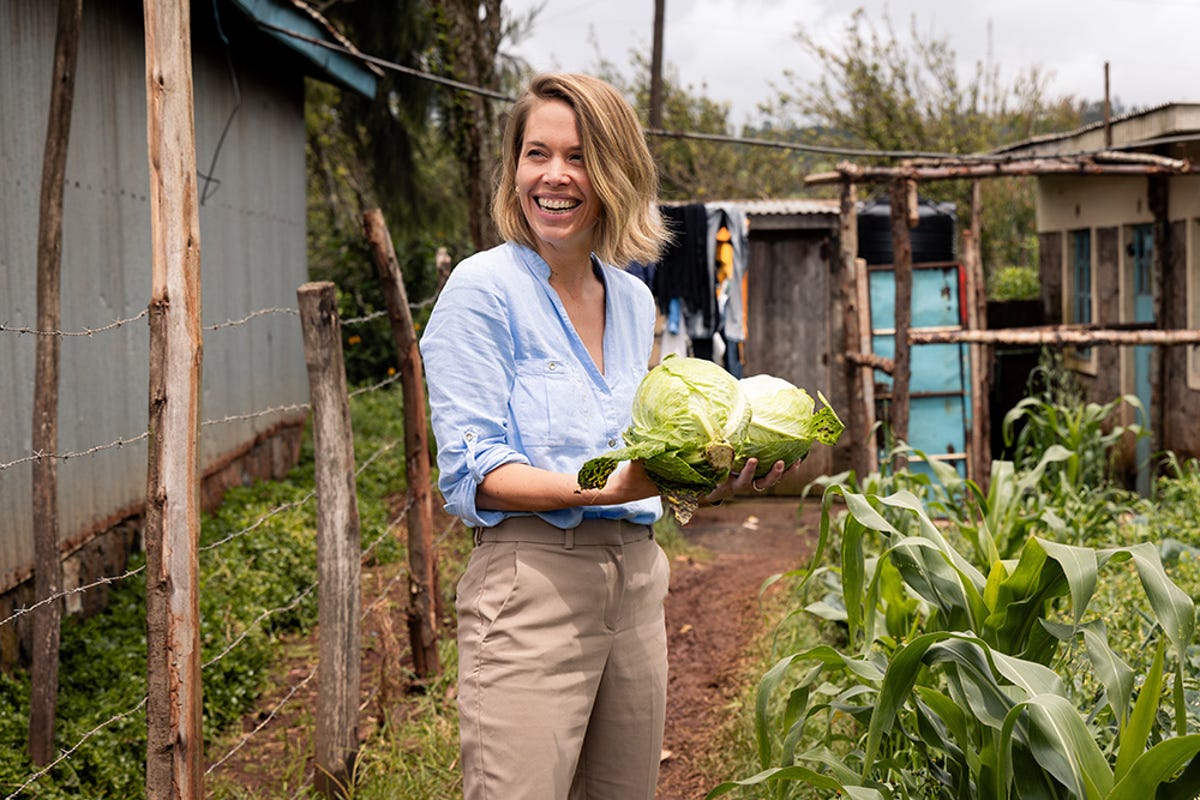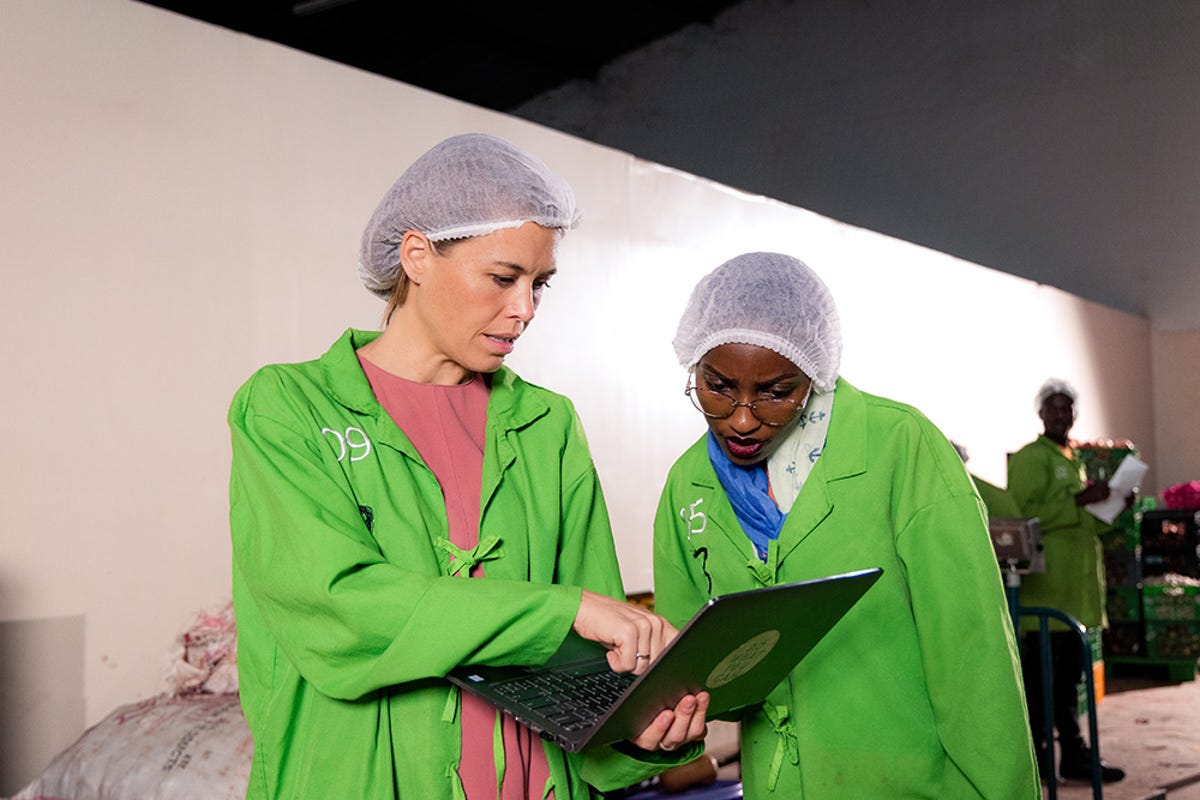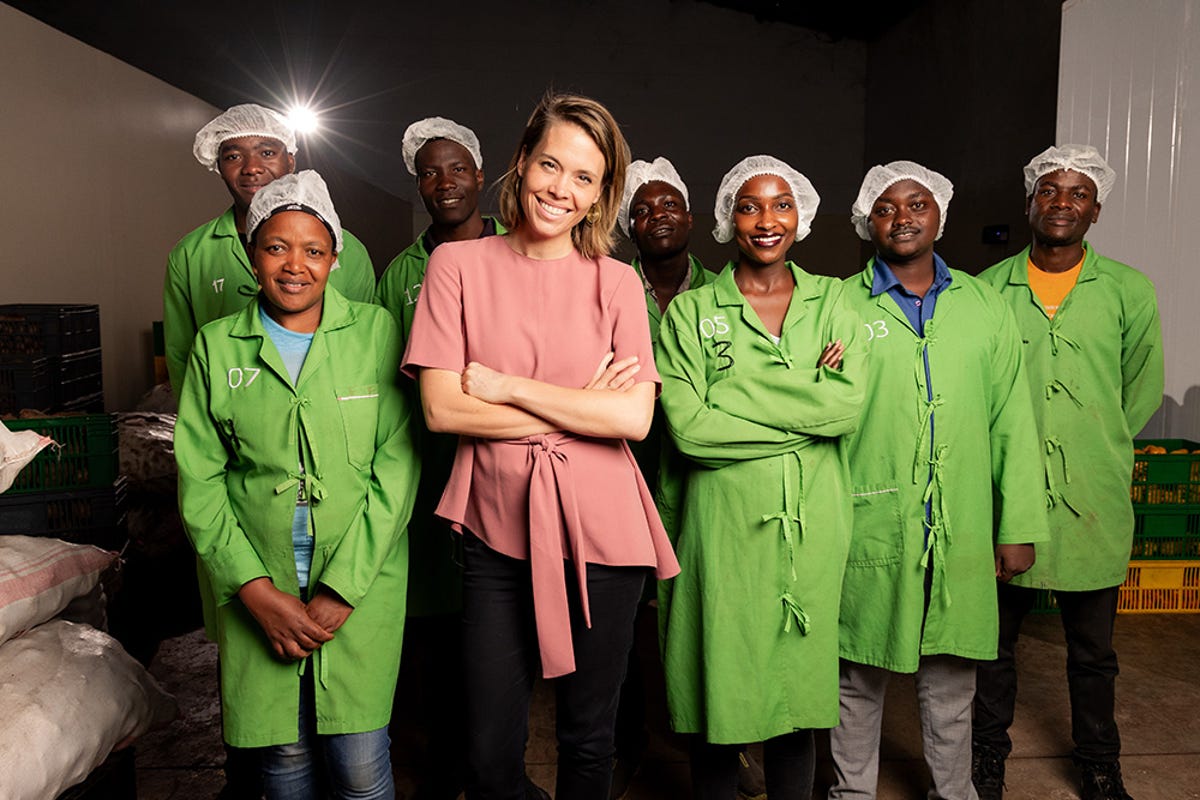Fellow Portrait
Claire Van Enk
Farm to Feed

Farm to Feed is Africa’s first digital marketplace for imperfect and surplus produce, addressing monetary losses for farmers, food scarcity among consumers, and climate change challenges.
Anglophone and Lusophone Africa
Kenya
Fellow
2024
Updated March 2024
Food waste in Kenya worsens food insecurity and harms the environment
Globally, almost a third of all food produced is lost or wasted. In sub-Saharan Africa, nearly half of fruit and vegetables never make it to market for consumption. Further, food loss and waste account for 10 percent of global greenhouse gas emissions. Kenya alone, where 75 percent of the population depends on agriculture, loses more than US$1.5 billion annually to post-harvest losses.
“Agriculture is the backbone of Kenya,” says Farm to Feed founder Claire van Enk. At the same time, more than a third of Kenyans face food insecurity or poor nutrition and low-income households can spend up to three-quarters of their income on food. “So if you find a bigger market for that 75 percent to sell to, Kenya as a whole is uplifted.”
My motivation comes from working on something that I believe needs to exist to create a better world: a circular food system where nothing goes to waste and everyone has access to a healthy diet.

Farm to Feed gives value to food that was previously wasted
Farm to Feed started in April 2022 when Covid-19 hit Kenya. “The markets closed down. Hotels and restaurants closed down and people weren't on the streets,” Claire recalls. In a country where 85 percent of the population depends on informal work, people lost access to income and farmers lost access to markets. “I started a GoFundMe called Farm to Feed to buy the produce that farmers couldn’t sell and donate it to people who are most affected. That's when our team saw firsthand what was going to waste—and it wasn't just because of Covid.”
Believing she could have greater and more global impact as a for-profit enterprise, Claire turned the GoFundMe into the business that is now Africa’s first online platform that reduces food loss to tackle climate change and feed the future.
By buying a farmer’s full harvest, the company aggregates imperfect and surplus produce. It sells to a diverse set of customers that includes food processors, hotels, restaurants, caterers, schools, and other commercial consumers.
“We're giving value to food that didn't have value before,” Claire says. “Farmers would struggle bringing it to market or finding customers, so we directly boost income for the farmer. On the customer side, it's cheaper. We still incentivize the farmer but we're also buying at a lower cost and we're able to translate that discount to our customers, making food more affordable.”
We sell B2B, to hotels, restaurants, caterers, schools, food processors—any kind of business that uses food and chops it up where it doesn't really matter what it looks like. We've also gone into retail, supplying supermarkets.

Rescued produce transforms the food system
Since 2021, the company has worked with nearly 6,000 farmers, rescued 800,000 kg of produce, avoided 861 tons of CO2 emissions, and delivered 10.7 million affordable vegetable portions. Farm to Feed has improved the affordability and availability of nutritious food and increased farmers’ incomes by buying a farmer’s full harvest.
“We are driven by trying something new to transform the food system,” Claire says. “We're not a regular supplier. We don't sell a tomato to a customer, we sell transformation.”
If you buy this transformation, you support the farmers, you support the planet, and you support food affordability.











